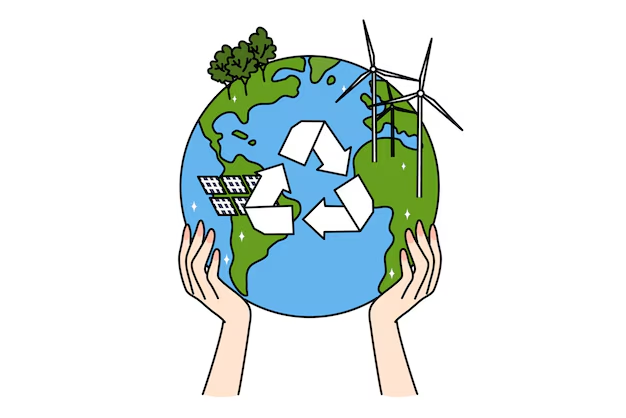prekforalldc.org – In an era where the impact of human activity on the environment is more pronounced than ever, conservation efforts have become a critical component in the fight to protect Earth’s natural resources. These efforts encompass a wide range of activities, from preserving biodiversity and protecting endangered species to managing natural resources sustainably and combating climate change. The goal is to ensure that future generations can enjoy the same, if not more, of the planet’s bounty that we do today.
The Importance of Conservation
Conservation is not just about protecting the environment; it’s about safeguarding the very resources that sustain life on Earth. Clean air, water, and soil are essential for human health, while biodiversity supports ecosystems that provide food, medicine, and other resources. Moreover, conservation helps to mitigate the effects of climate change, which poses a significant threat to natural habitats and human communities alike.
Key Conservation Strategies
Protected Areas
One of the most effective ways to conserve natural resources is through the establishment of protected areas, such as national parks, wildlife reserves, and marine sanctuaries. These areas provide habitats for wildlife, preserve ecosystems, and offer recreational opportunities for people.
Sustainable Resource Management
Sustainable resource management involves using natural resources in a way that meets the needs of the present without compromising the ability of future generations to meet their own needs. This includes practices like sustainable agriculture, forestry, and fisheries, as well as the efficient use of water and energy.
Climate Change Mitigation
Climate change is one of the biggest challenges facing conservation efforts. Mitigation strategies include reducing greenhouse gas emissions, transitioning to renewable energy sources, and promoting energy efficiency. Conservation also plays a role in adapting to the impacts of climate change, such as sea-level rise and extreme weather events.
Community Engagement and Education
Conservation efforts are most successful when they involve local communities. Engaging with communities helps to ensure that conservation initiatives are culturally appropriate and economically viable. Education is also key, as it empowers individuals to make informed decisions about the environment and to take action in their own lives.
Challenges and Opportunities
Despite the importance of conservation, efforts to protect Earth’s natural resources face numerous challenges. These include habitat destruction, pollution, overexploitation of resources, and climate change. However, there are also opportunities for innovation and collaboration. Advances in technology, such as renewable energy and conservation drones, offer new tools for conservation. International cooperation and partnerships between governments, NGOs, and the private sector can also amplify conservation efforts.
Conclusion
Conservation efforts are vital for protecting Earth’s natural resources and ensuring a sustainable future for all. By adopting a holistic approach that includes protected areas, sustainable resource management, climate change mitigation, and community engagement, we can address the challenges facing our planet and create a more resilient and sustainable world. It is up to all of us to take action, whether through supporting conservation initiatives, adopting sustainable practices in our daily lives, or advocating for policies that protect the environment. Together, we can make a difference and leave a lasting legacy for generations to come.
